Tunisia is an exciting country to travel to. It offers a diverse landscape with many different types of terrain and natural beauty. Whether you prefer cities or beaches, mountains or desert, there are plenty of ways to see Tunisia and enjoy its unique culture and also exploring all of them on a rented car in Tunisia will be a fascinating experiencve.
Carthage
Carthage was an ancient city located on the coast of modern-day Tunisia. Carthage was founded by Phoenicians in the 9th century BC and became a great military power in the Mediterranean region, with influence stretching across North Africa, Spain and what is now southern France. An ancient citadel built by the Phoenicians and later occupied by the Romans, Carthage contains ruins scattered throughout the area, including an immense amphitheater. Carthage was founded by the Phoenicians in 814 BC. The city became a prosperous trading center and later a Roman colony before being destroyed by the Romans in 146 BC. The ruins of Carthage are scattered throughout the area, including an immense amphitheater that can seat over 20,000 spectators.
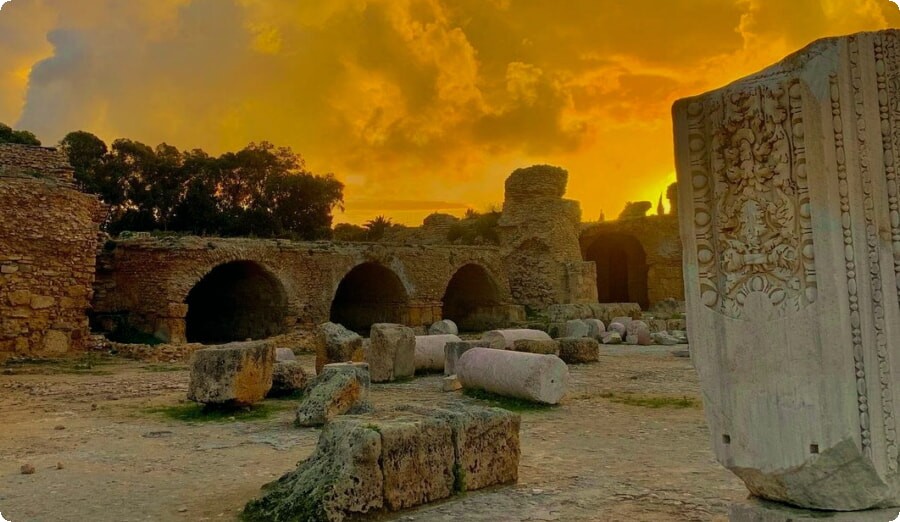
Carthage has been designated as a World Heritage Site by UNESCO because it represents "a unique example of an entire urban settlement," which includes remains from several periods: Punic (Judaic) times; Roman rule; Byzantine rule; Arab occupation; French occupation during the 19th century until Tunisia gained independence from France in 1956.
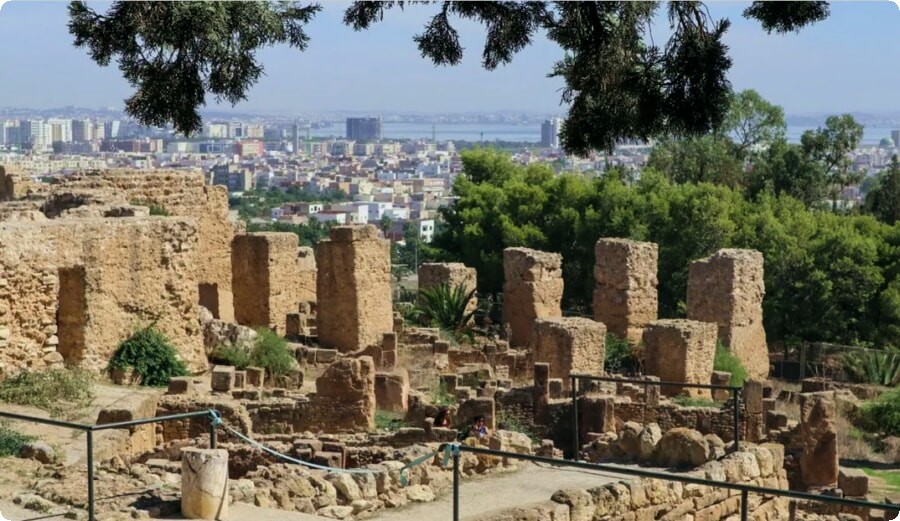
The Imperial Cities
Kairouan is the capital of Kairouan Governorate and the spiritual capital of Tunisia. It's home to a UNESCO World Heritage Site, the Mosque-Cathedral of Kairouan, which was built in 670 AD by Arab general Uqba ibn Nafi as an Islamic mosque but later converted into a Christian church.
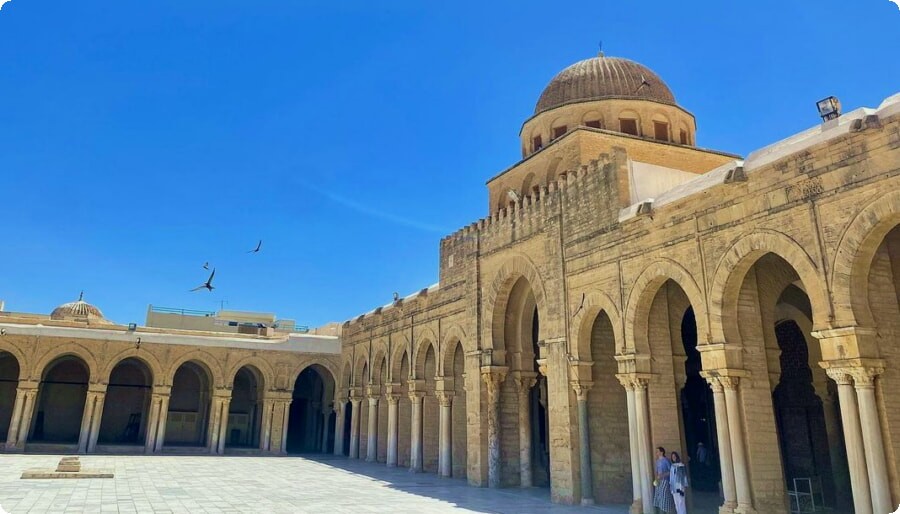
In addition to being one of the oldest cities in North Africa, Dougga has been designated as a World Heritage Site by UNESCO because it's one of only three well-preserved Roman sites in Tunisia (along with El Jem and Bulla Regia). The city was founded by Carthaginians around 600 BC and later became part of their empire; it was eventually conquered by Rome around 146 BC before falling into decline after they left North Africa around 200 AD. Today you can visit remains like its amphitheater, baths complex along with other buildings including temples dedicated to Isis & Jupiter which were dedicated by Emperor Septimius Severus around 203 AD during his reign over both Roman provinces Numidia & Africa Proconsularis.
The Eastern Dorsale Mountains
The Eastern Dorsale Mountains are a mountain range in southern Tunisia. They stretch from the southern tip of Tunisia to the border with Algeria, and include Jebel Serj National Park, which covers over 4,000 square kilometers (1,500 square miles). The park contains several hiking trails that lead to the top of its highest peak--Jebel Serj itself at 2,196 meters (7,200 feet) above sea level.

The Cap Bon Coast
The Cap Bon Coast is a popular tourist destination, known for its beaches, resorts, restaurants and nightclubs. The area also offers excellent fishing opportunities as well as diving excursions from several different ports along the coast. The two main towns in this region are Hammamet and Sidi Bou Said; both offer great shopping opportunities for visitors interested in exploring Tunisia's vibrant culture through their artisanship traditions.
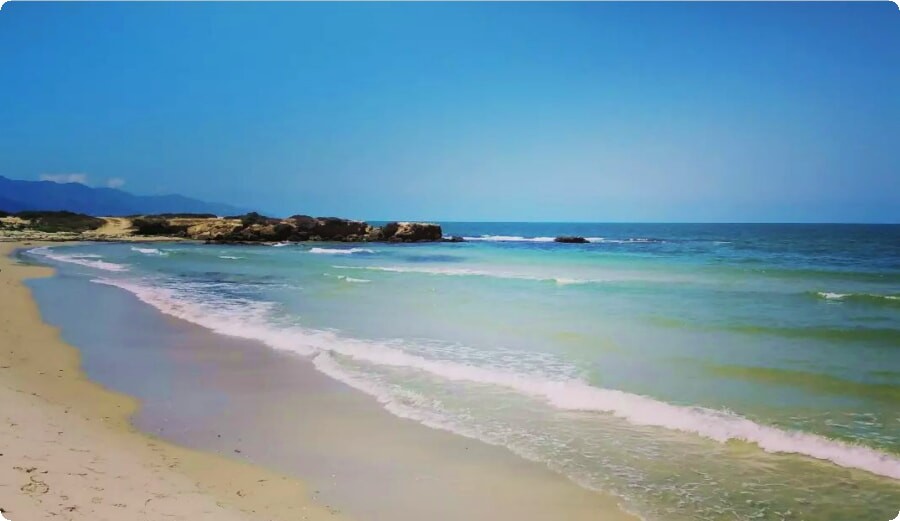
The Saharan Erg Oriental
The Saharan Erg Oriental is the largest sand sea in Tunisia, covering an area of about 1,200 square kilometers. It's located in the south-east of Tunisia, south of the country's capital, Tunis. The Sahara Erg Oriental is home to a variety of wildlife including gazelles and oryxes as well as several types of birds such as falcons and vultures.
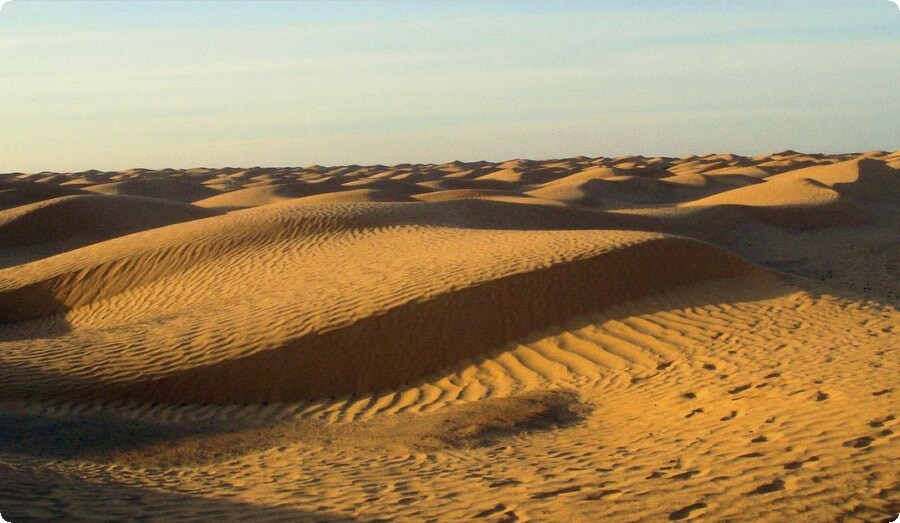
Tunis
A Tunisian city with a long and rich history, Tunis is a bustling commercial and political center. The medina, or old town, Tunis is full of narrow alleyways lined with colorful buildings and shops, which makes it feel like you're walking through an outdoor market. There's also plenty to see outside the medina, too--the Roman theater and Carthage are both nearby.
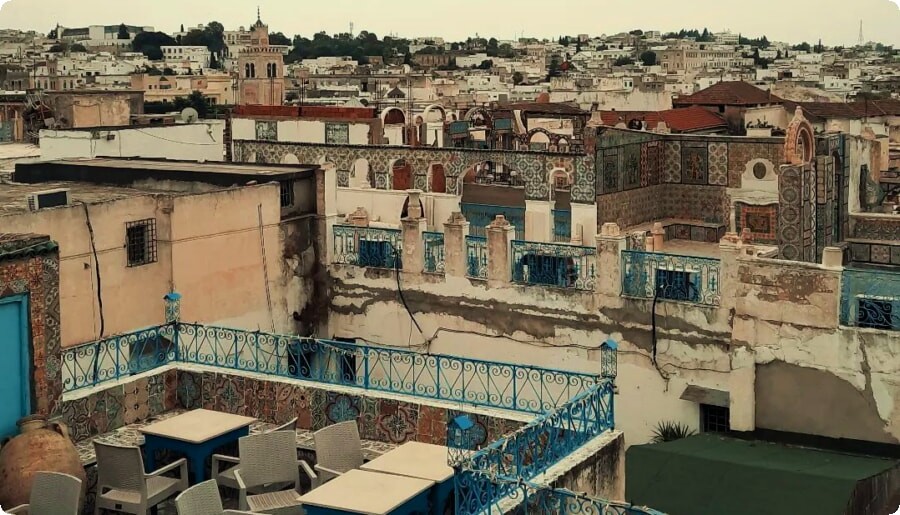
Tunis has always been an important trading center because of its location along trade routes between Europe and Africa; as such, it's one of the oldest cities in North Africa (founded around 700 BC). In more recent history it became famous for being home to many writers during French colonial rule in Tunisia (1915-56), including Albert Camus who lived here until he was 20 years old!
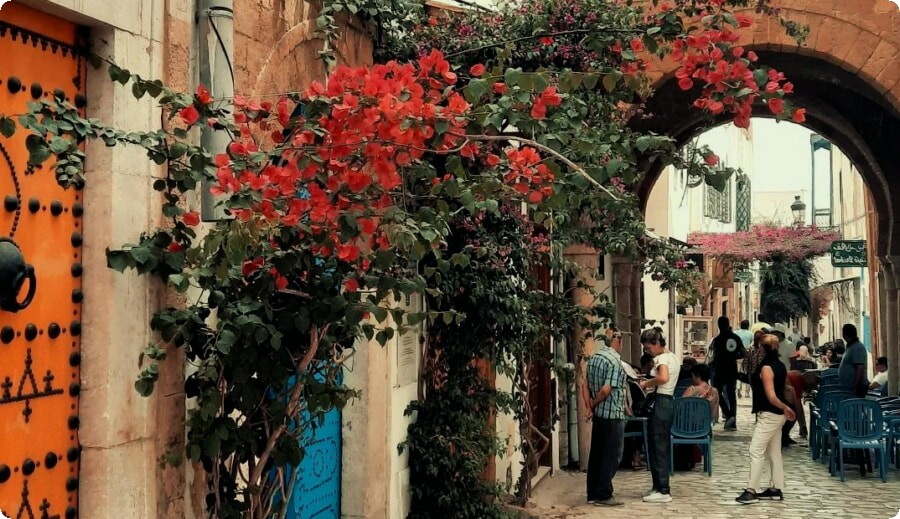
Hammamet
A resort town on the Gulf of Hammamet in southwest Tunisia with sandy beaches and clear water. It's also home to some of the country's best hotels and restaurants, where you can enjoy local seafood dishes like couscous with fish or grilled calamari at one of its many restaurants.
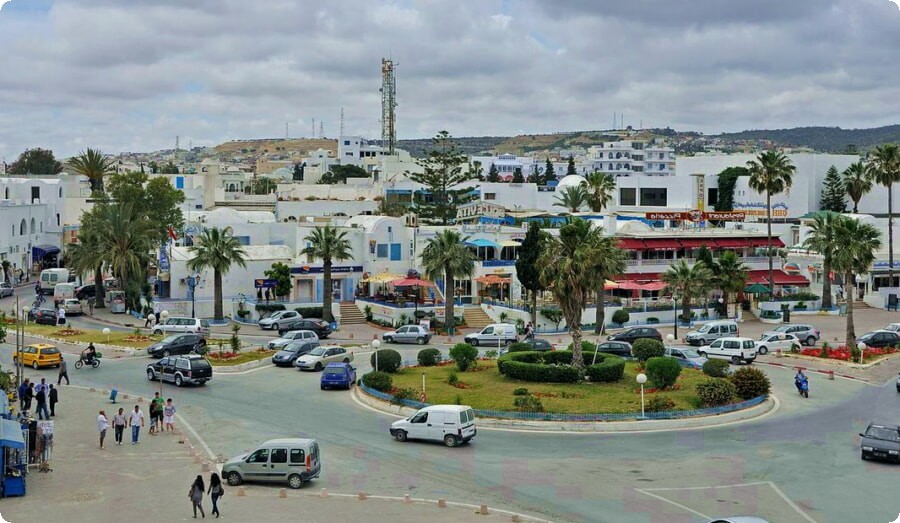
Sfax
The largest city in Tunisia's south, Sfax has many historic sites including mosques and markets. Sfax is the capital of the Sfax Governorate, as well as a major hub for rail traffic in Tunisia. It's also home to many historic mosques and markets.
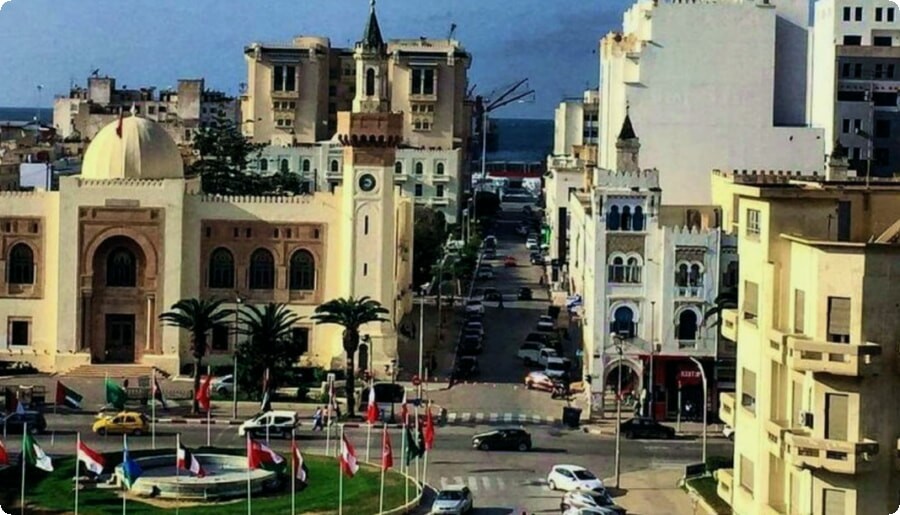
Djerba island
A popular beach destination south of Sousse, Djerba island has many resorts as well as some traditional villages. Djerba is a popular beach destination south of Sousse. The island is part of the Gulf of Gabes and its length stretches from north to south at about 40 kilometers (25 miles). Djerba has many resorts as well as some traditional villages, which makes it an ideal place for both Tunisian and European tourists alike.

There are many great places to visit in Tunisia!
Tunisia is a great country to visit. Tunis also boasts many historic mosques - including Zitouna Mosque (the oldest active mosque in Africa), Sidi Bou Said Mosque (which gets its name from an old saying about how "all roads lead here"), Dar Hussein Pasha Palace Museum (which houses artifacts from both Ottoman times as well as modern Tunisia) - plus beautiful beaches like Monastir Beach!
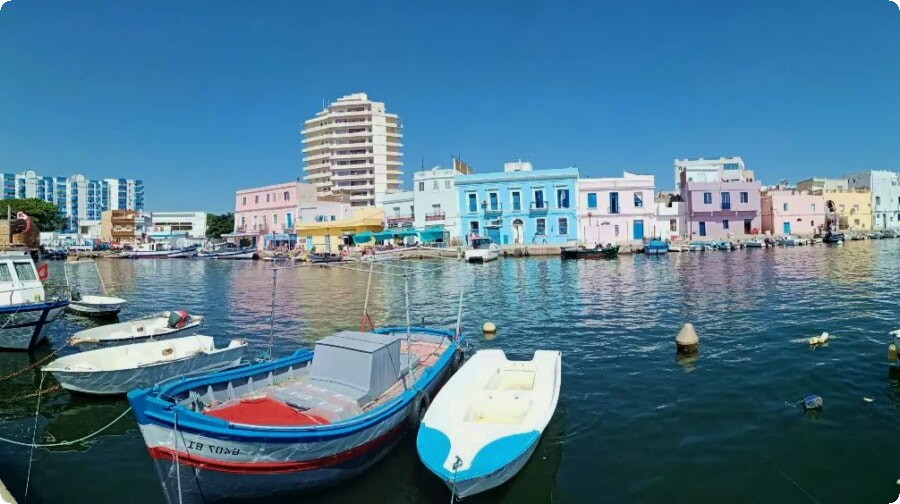
If you're interested in visiting Tunisia, there are many great places to go. The capital city of Tunis has a long and rich history, Carthage is an ancient citadel built by the Phoenicians and later occupied by the Romans, A resort town on the Gulf of Hammamet in southwest Tunisia with sandy beaches and clear water.